According to the Vietnam Commodity Exchange (MXV), the world raw material market has not yet escaped the tug-of-war trend in yesterday's trading session (July 23). At the close, red covered many commodities.
In the metal market, at the end of yesterday's trading session, the metal market was clearly divided in the context of the market evaluating conflicting information on trade policies as well as supply and demand data. In particular, iron ore prices, after two consecutive sessions of increase to the highest level since the end of February, decreased by 0.85% to 104.4 USD/ton.
As trade protectionism continues to spread, the global steel market is seeing huge pressure on trade flows, while persistently weak demand is weighing on iron ore prices as steel production shows clear signs of slowing down.
Many recent trade protectionist measures in the steel market tend to focus on products originating from China. Notably, last week, Canada said it would tighten its quota on steel imports from countries without free trade agreements (FTAs), reducing it to 50% of the volume in 2024. At the same time, Canada will impose an additional 25% tariff on steel products imported from all countries if they contain steel melted and cast in China.
Not only Canada, the UK also announced a five-year extension of anti-subsidy duties on organically coated steel imported from China. In Asia, Japan has just initiated an anti-dumping investigation into cold-rolled stainless steel imported from China.

Meanwhile, global steel production is on a downward trend, reducing the consumption outlook for steelmaking raw materials such as iron ore. According to the World Steel Association, global crude steel production in June reached 151.4 million tons, down 5.8% year-on-year. In the first half of 2025, global steel production recorded a 2.2% decline compared to the same period in 2024, down to 934.3 million tons. The decline occurred in major production centers such as Asia, Oceania and Europe.
According to data from the National Bureau of Statistics of China (NBS), China's crude steel output in June was only 83.2 million tons, down nearly 4% from the previous month and a sharp drop of 9.2% compared to the same period in 2024. This development brought the total steel output in the first half of the year down to 514.8 million tons, down 3% compared to the same period last year.
Notably, despite the decline in production demand, China’s iron ore imports in June still reached 105.9 million tonnes – the highest level since the beginning of the year. Experts said the main reason was that mining companies accelerated deliveries to meet quarterly targets, while domestic steel mills took advantage of stockpiling raw materials while ore prices remained low.
On the other hand, the important driving force behind the price decline comes from the large room for storage. According to SteelHome data, iron ore inventories at Chinese ports have been continuously decreasing since the end of June. By the week ending July 18, the inventory was only 130.9 million tons, significantly lower than the 149.6 million tons in the same period last year, reflecting that the need for storage can still continue to boost imports in the short term. However, this room is likely to be narrowed as Beijing moves to restructure the steel industry and implement production cuts.
In addition, the steel market has also recently received a rare bright spot supporting demand, when China started construction on the lower Yarlung Zangbo River hydropower project in Tibet. The project is estimated to consume about 2-2.5 million tons of steel, equivalent to a value of 18-24 billion yuan ($2.5-3.4 billion). The steel products used will have to meet high technical standards, such as low temperature resistance, corrosion resistance and earthquake resistance, indicating increased demand for high-quality steel, while supporting iron ore consumption in the coming years.
Regarding the industrial raw material group, not outside the general market trend, the industrial raw material group also witnessed mixed developments yesterday. Notably, although rubber prices have recovered significantly compared to April, there are still many factors putting pressure on the market.

Specifically, the price of RSS3 rubber on the Osaka exchange recorded a decrease of nearly 0.4% to 2,231 USD/ton, while the price of TSR20 rubber on the Singapore exchange lost more than 1% to 1,695 USD/ton.
On the demand side, Indonesia – the world’s second largest rubber producer – exported 647,000 tonnes of TSR20 rubber in the first five months of the year, up 14.8% year-on-year, but the average selling price up to May was still lower than at the beginning of the year.
On the demand side, the automobile industry - the largest consumer of rubber - has been significantly affected by the tariff measures that have been in place since April. Over the past three months, the value of Japanese vehicle exports to the US has fallen sharply as Japanese automakers have cut prices to avoid price increases in the US market. These automakers are shouldering the tax costs themselves and trying to maintain sales volume. Statistics for June show that although the number of vehicles exported to the US increased by 3.4% compared to the same period last year, the export value fell sharply by 26.7% and the average price per vehicle was nearly 30% lower. In addition, in China, tire inventories in Qingdao (China) have been on an upward trend for many weeks, negatively affecting the market.
Meanwhile, weather conditions in countries such as Thailand, Vietnam, eastern Philippines and southern China are recording negative developments due to the impact of tropical storm Wipha.
Source: https://baolamdong.vn/thi-truong-hang-hoa-24-7-sac-do-bao-trum-nhieu-mat-hang-383481.html


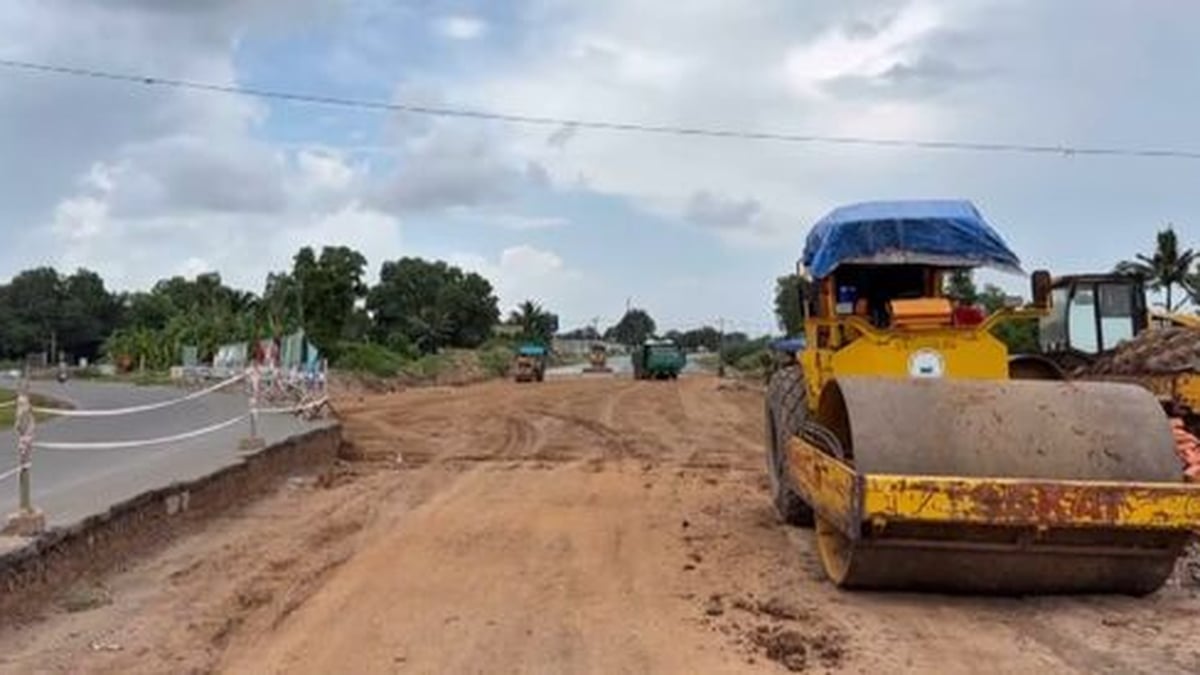

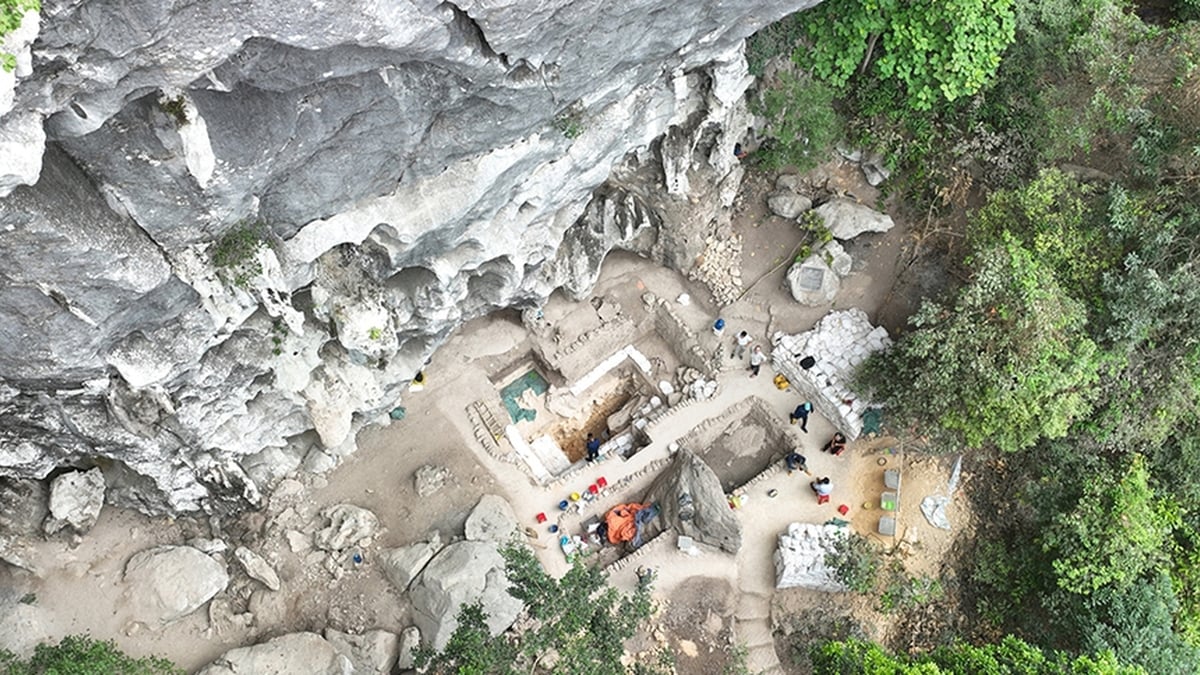

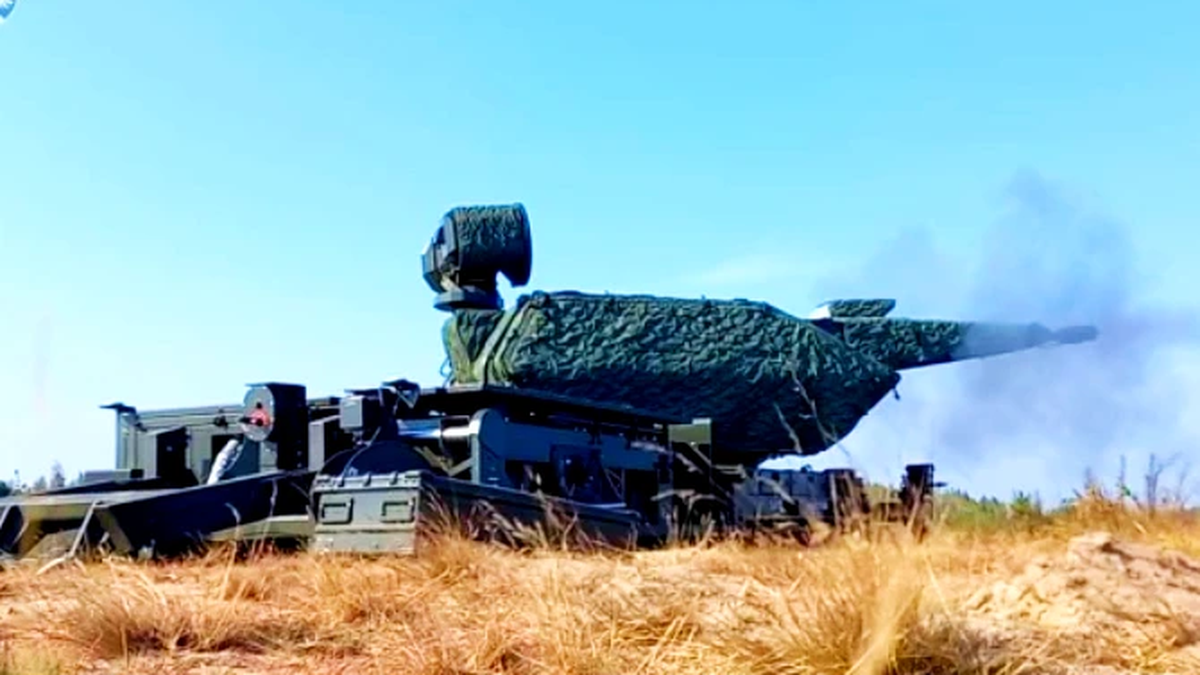






















































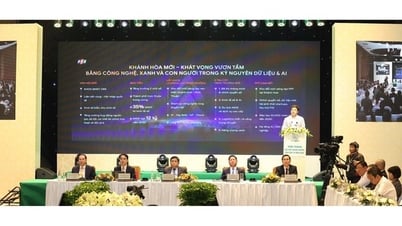





































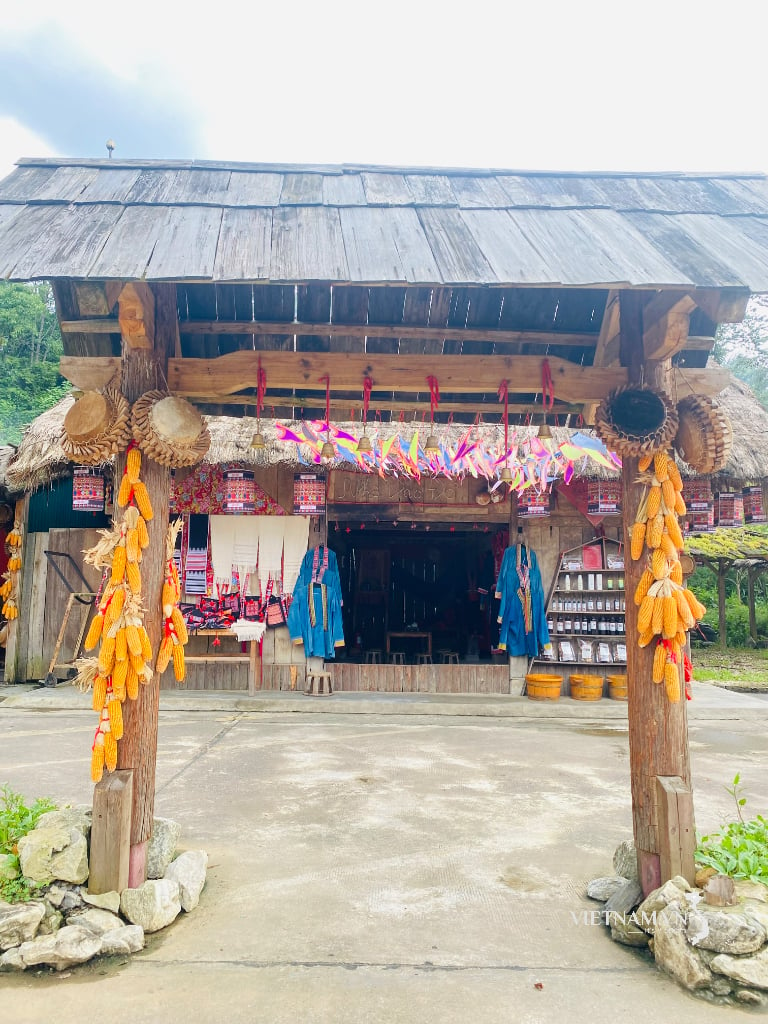
Comment (0)